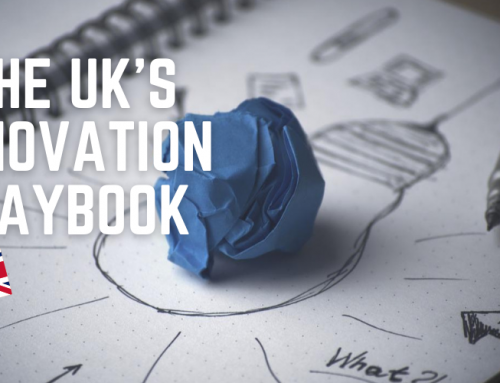
Australia and its COVID-19 initiatives have proven to the world that strong collaboration between private and public sectors results in strengthened public trust and compliance. As of the 10th of April, there are zero cases of locally acquired COVID-19 or under investigation in the last 24 hours across all states and territories of the country.
May it be the geography, population density, or leadership practices, Australia has emerged as one of the most resilient and agile nations that have been tackling the pandemic head-on since the first confirmed cases of COVID-19 reached the country in late January 2020.
Early on, the country has been contributing to finding solutions to mitigate the impact and spread of the coronavirus in the country and around the world. The group of researchers from the Peter Doherty Institute for Infection and Immunity in Melbourne, Australia was the first outside China to successfully grow the novel coronavirus in cell culture, which was then shared to research labs around the world as per WHO recommendation to aid in the development of accurate diagnostic tests and vaccines.
One year into the pandemic, we delve into the remarkable efforts of Australia in ensuring that the nation and its people thrive in the new normal.
Healthcare

With the ultimate goal of minimizing the spread of the coronavirus and mitigating its impact in the community, the government has launched several comprehensive health initiatives such as:
- Vaccine Roll Out. COVID-19 national vaccine rollout strategy began in February for priority populations including aged care and disability care residents and workers, frontline healthcare workers, and quarantine and border workers. To date, Pfizer/BioNTech and Oxford/AstraZeneca vaccines will be used as recommended and approved by The Therapeutic Goods Administration (TGA)
- Funding Measure. A $2.4 billion health package was released to protect all Australians covering various health plans for aged care, mental health and well-being, research, telehealth services, and personal protective equipment, among others.
- Comprehensive Monitoring. The government provides a collection of weekly infographics starting from 27 August 2020, providing a traffic light report of the coronavirus (COVID-19) situation across Australia.
- Leveraging Technology. People living in Australia have access to several mobile technologies to keep them up to date with COVID-19 such as the COVIDSafe app for contact tracing; Coronavirus Australia app for official information and advice on the latest COVID-19 situation; and Australian Government WhatsApp channel for COVID-19 for the country’s latest response to the coronavirus.
Here are some of the Australian Government’s economic measures in response to the pandemic:
- JobKeeper Payment, a subsidy for employees and businesses significantly affected by the coronavirus given in the middle of 2020 until 28th of March 2021.
- HomeBuilder provides eligible owner-occupiers (including first home buyers) with a grant to build a new home or substantially renovate an existing home.
- Credit Support. The Government has launched SME Recovery Loan Scheme, Coronavirus SME Guarantee Scheme, and Show Starter Loans Scheme to cushion the pandemic economic impact and aid in recovery.
The Department of Education, Skills, and Employment (DESE) regularly collaborates with state and territory counterparts in managing the impacts of the pandemic in the Australian education, skills, and training community.
Specific to international education, below are some of the Government’s initiatives to ensure that international students are supported and continue to be part of Australia’s world-class education system:
- Student Visa Arrangements. Though closing international borders, which was crucial to Australia’s efforts in slowing down the spread of the virus, has restricted the arrivals of international students (except for those who qualify in the exempt category), the government had made student visa arrangements to ensure Australia remains a priority destination for international students. Some of the changes include eligibility to enter Australia once the border re-opens for those with Student Visas granted since July 2020; free lodging of further student visa application if unable to complete studies within original visa validity due to COVID-19; and eligibility of student visa holders studying online outside Australia due to COVID-19 for a post-study work visa.
- Student Arrivals. Protocols and preconditions for international student arrivals are in place to enable states, territories, and education institutions to collaborate to prepare for arrival international students at scale, using either hotel and/or industry-led models of quarantine.
- Emergency Funding. Individuals and families on temporary visas, including international students, who are at imminent risk of not being able to pay a bill can access a range of emergency relief providers on the DDS Grants Service Directory website. Many education providers also offer employment assistance schemes for residents and financial hardship support for international students.
- Mental Health and Translation Support. OSHC providers offer mental health support services while the Translating and Interpreting Service (TIS National) offer translation services for international students.
With the COVID-19 pandemic showing no signs of slowing down, Australia’s management and recovery measures continue to provide actionable insights that other nations can evaluate and possibly replicate as they equip for the next normal.







